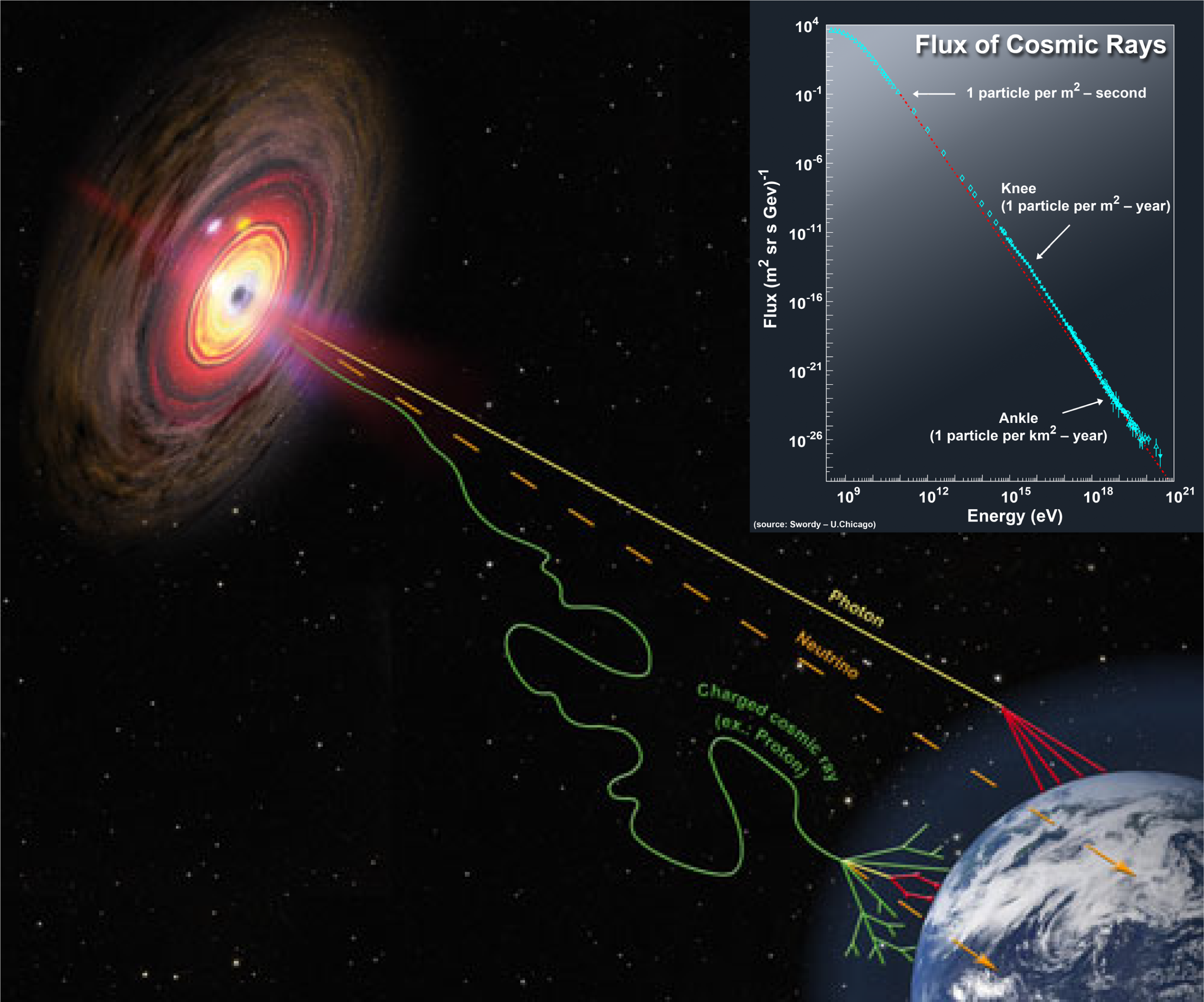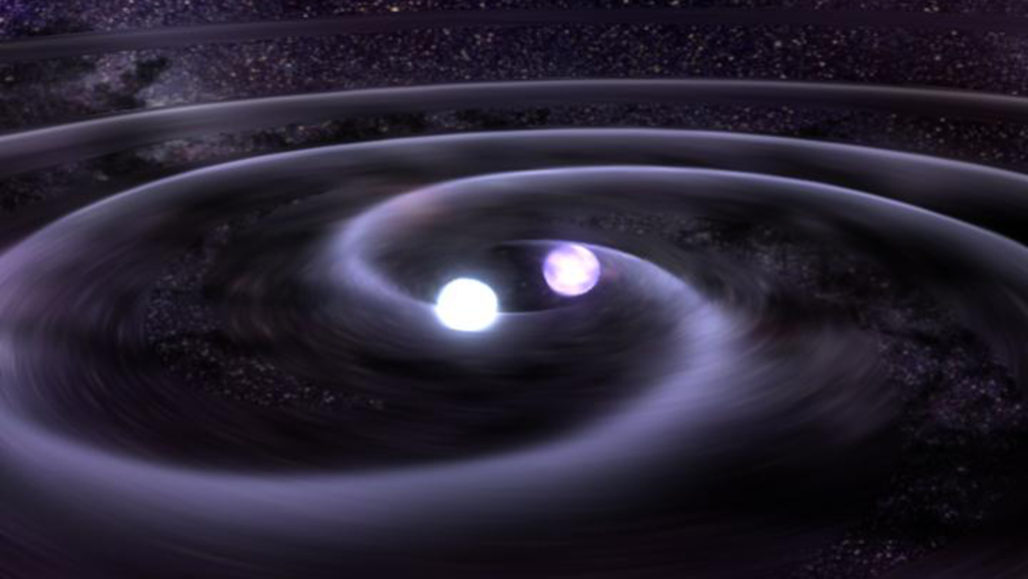Astrophysics
Where do cosmic rays come from? How they attain such enormous energies? What are the sources of cosmic rays? How do cosmic rays propagate and reach us here on Earth?
Cosmic rays are high-energy protons and atomic nuclei that move through space at nearly the speed of light. Cosmic rays can be divided into two types: The galactic cosmic rays and the extragalactic cosmic rays, i.e., high-energy particles originating outside the solar system, and the solar cosmic rays which are high-energy particle (mostly protons) emitted by the sun via solar eruptions.  One of the most intriguing problems in high energy astrophysics is the mechanism by which high energy cosmic rays are accelerated to ultra-relativistic energies, and what happens during their propagation to Earth through interstellar and intergalactic medium. It is believed that primarily shock waves and highly energetic magnetized phenomena in the environments of Supernovae, in the jets of Active Galactic Nuclei (and Black Holes), Gamma-Ray-Bursts and Neutron stars (Pulsars) might be the source of the acceleration of, particularly high energy cosmic-rays, that constitute the wondrous high-energy part of the cosmic-ray spectrum which is observed with Earth and airborne detectors.
One of the most intriguing problems in high energy astrophysics is the mechanism by which high energy cosmic rays are accelerated to ultra-relativistic energies, and what happens during their propagation to Earth through interstellar and intergalactic medium. It is believed that primarily shock waves and highly energetic magnetized phenomena in the environments of Supernovae, in the jets of Active Galactic Nuclei (and Black Holes), Gamma-Ray-Bursts and Neutron stars (Pulsars) might be the source of the acceleration of, particularly high energy cosmic-rays, that constitute the wondrous high-energy part of the cosmic-ray spectrum which is observed with Earth and airborne detectors. Dr. Athina Meli is an appointed member of the NASA's Executive Committee for the Physics of the Cosmos (PhysPAG) analysis group, and she has the chair for the Cosmic-Ray Science Interest Group (CR SIG). She has been a member (and partner) of major international cosmic-ray and neutrino observatory experiments such as AUGER, IceCube, Antares, Km3net. Recently she joined the Vera C. Rubin Telescope Observatory (LSST) Transients and Variable Stars Science Collaboration and the Athena-X-ray Observatory WG.
Dr. Athina Meli is an appointed member of the NASA's Executive Committee for the Physics of the Cosmos (PhysPAG) analysis group, and she has the chair for the Cosmic-Ray Science Interest Group (CR SIG). She has been a member (and partner) of major international cosmic-ray and neutrino observatory experiments such as AUGER, IceCube, Antares, Km3net. Recently she joined the Vera C. Rubin Telescope Observatory (LSST) Transients and Variable Stars Science Collaboration and the Athena-X-ray Observatory WG.
Dr. Athina Meli leads the Astronomy team of the Planetarium and the Observatorium in the Physics Department at Marteena Hall. Currently the team organizes student and public outreach activities with astrophotography events and live observations, using our Observatorium’s 14-inch automated Schmidt Cassegrain telescope. Many questions still remain to be answered in order to fully understand the acceleration mechanisms of ultra-high energy cosmic rays and their properties, and in that way to shed more light onto the nature of astrophysical sources and to many other interrelated energetic astrophysical phenomena.
Many questions still remain to be answered in order to fully understand the acceleration mechanisms of ultra-high energy cosmic rays and their properties, and in that way to shed more light onto the nature of astrophysical sources and to many other interrelated energetic astrophysical phenomena.


